We recently sent a fobif newsletter to our members. We have reprinted a version here for our members and supporters who may not have received it.
Welcome to 2020 – a year with a difference and with many challenges across Victoria and Australia. The smoke haze is a reminder of the current and future threat of fires and the damage that they bring to communities and to our natural environment. We will continue to put relevant posts on the FOBIF website – please send any links that you think will add to our understanding.
Join or renew FOBIF memberships
The 2020 membership form is now available. Please note that you need to return this form by email or post if your contact details have changed or if you are a new member. If you are paying by bank transfer use your surname for the code. Membership paid in the last 3 months of 2019 with cover 2020.
Open committee meetings
Remember FOBIF committee meetings are open to all members. They are held at the Castlemaine Community House building, Templeton Street, Castlemaine, on the second Monday of every month from February to November, at 6pm. Come along and have a say.
FOBIF 2020 walks program
Thanks to the organising team, the 2020 Walks Program has been planned to cover a wide range of locations and interests Check the website before each walk for any alterations.
FOBIF books and greeting cards
This year saw a new printing of our Wattles of the Mount Alexander Region. This book as well as Eucalypts of the Mount Alexander Region and Mosses of Dry Forests can be purchased through our website or at Stoneman’s Bookroom
We also produced eight greeting cards which feature photographs of our local bushlands. Photographers are Joy Clusker, Patrick Kavanagh, Damian Kelly, Geoff Park, Bronwyn Silver, Bernard Slattery and Noel Young. They are available through our website as a set of eight for $20 including postage.
Marie Jones
FOBIF President

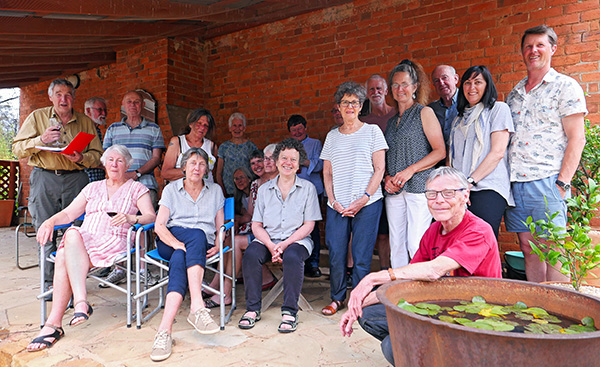
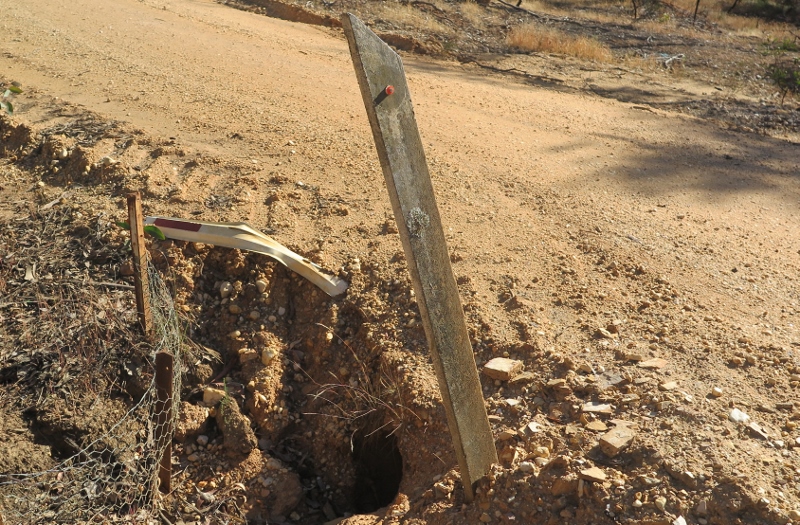
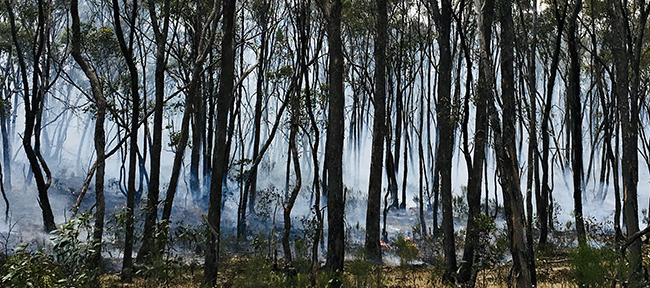
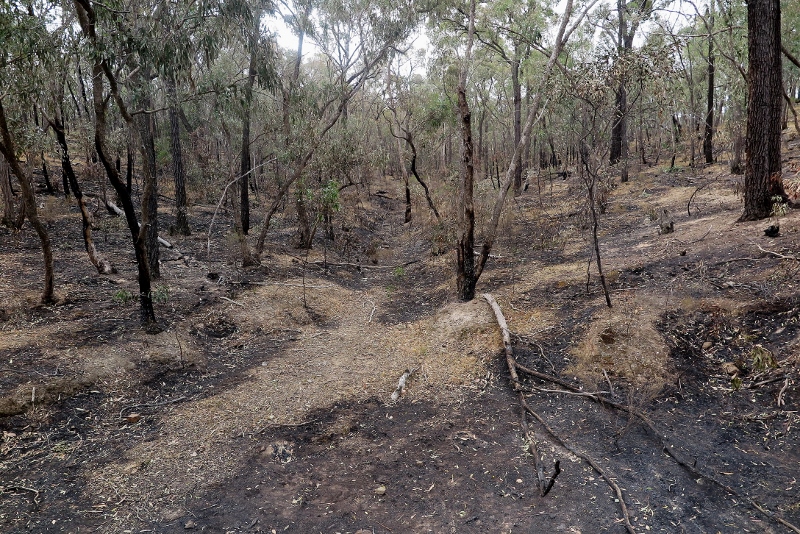
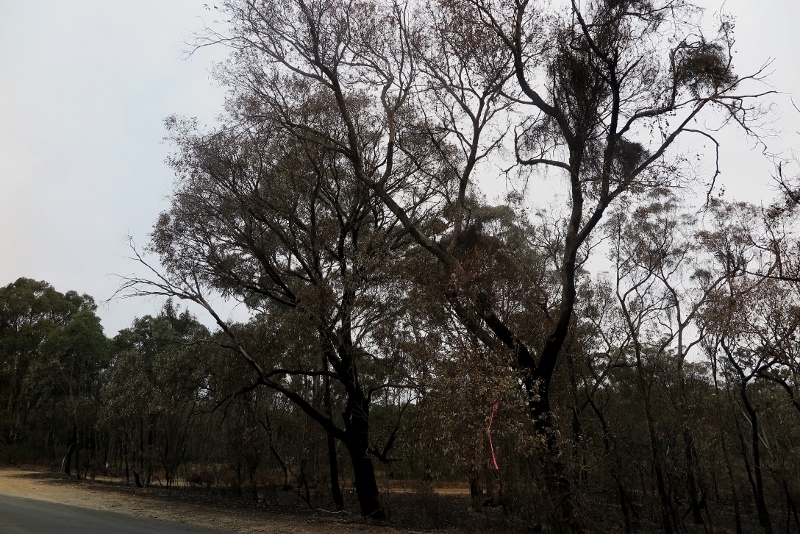
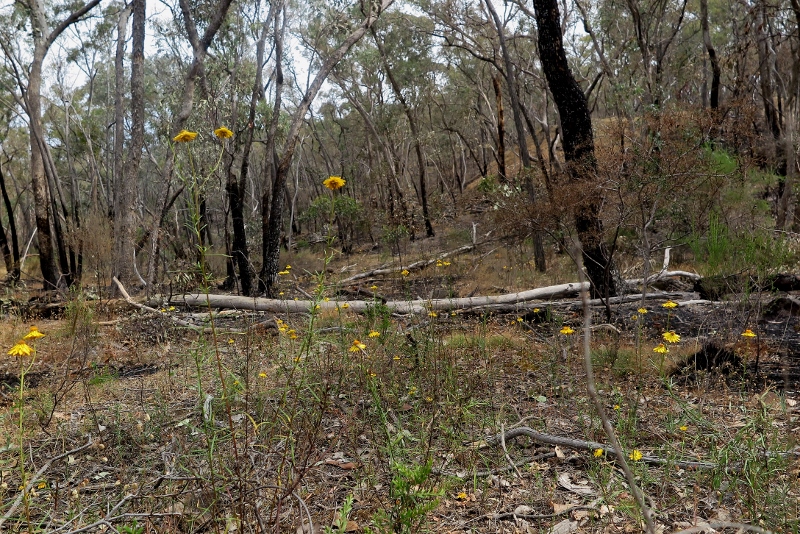



 Click on image for info/order page
Click on image for info/order page Click on image for info/order page
Click on image for info/order page Click on image for info/order page
Click on image for info/order page





















